Hledáte lyže, které se snadno přenášejí a dobře fungují na svahu? Tady je, co potřebujete vědět:
- Tradiční lyže váží mezi 6–12 lbs za pár a jsou skvělé pro stabilitu, ale mohou být těžko ovladatelné a únavné na používání, zejména pro začátečníky.
- Snowfeet products, like Skiskates and Skiblades, are lightweight alternatives that weigh as little as 1.5–4 lbs per pair, making them easier to handle, carry, and store.
- Lehčí lyže snižují únavu, zlepšují obratnost a umožňují rychlejší zatáčky, což je ideální jak pro začátečníky, tak pro zkušené lyžaře.
Rychlá srovnávací tabulka
| Typ lyží | Délka | Hmotnost za pár | Nejvhodnější pro |
|---|---|---|---|
| Alpské lyže | 150–200 cm | 6–12 lbs | Pokročilí lyžaři, otevřený terén |
| Běžky | 171–206 cm | 4–8 lbs | Nordické lyžování, upravené stopy |
| Snowfeet Skiskates | 44 cm | 1,5–2 lbs | Začátečníci, triky, úzké prostory |
| Snowfeet Skiblades | 65–99 cm | 1,8–3 lbs | Jízda v parku, rychlé zatáčky |
| Snowfeet Short Skis | 120 cm | 3,5–4 lbs | All-mountain, přenosnost |
Hlavní závěr: Pokud chcete lehké, snadno použitelné a přenosné vybavení, produkty Snowfeet jsou skvělou volbou ve srovnání s těžšími, objemnějšími tradičními lyžemi.
Jak vybrat správnou velikost lyží (a proč je to důležité)
Jak váha lyží ovlivňuje váš lyžařský výkon
Váha vašich lyží hraje velkou roli v tom, jak se chovají na svazích. Ovlivňuje vše od pocitu stability až po množství energie, kterou budete potřebovat na celý den.
Stabilita a kontrola rychlosti
Tradiční lyže, které obvykle váží mezi 6,6–8,8+ lbs za pár, jsou známé svou stabilitou. Jsou solidní volbou pro pokročilé lyžaře, kteří zvládají různé podmínky na otevřených svazích. Ale tato stabilita má svou cenu – těžší lyže mohou být obtížnější na ovládání, zejména pro začátečníky. Pokud pracujete s lyžemi přes 8,8 lbs, budete potřebovat více síly a dovedností, abyste je efektivně zvládli.
Těžší lyže vynikají v otevřeném terénu a při smíšených sněhových podmínkách, kde jejich váha pomáhá udržet kontrolu. Ale nejsou tak obratné v úzkých průjezdech mezi stromy nebo v situacích vyžadujících rychlé úpravy. Zatímco zkušení lyžaři si s tímto kompromisem poradí dobře, nováčci mohou těžší lyže považovat za větší výzvu.
Tato rovnováha mezi stabilitou a obratností je oblastí, kde Snowfeet přichází s designy, které upřednostňují rychlý, citlivý pohyb.
Rychlé zatáčky a snadná ovladatelnost
Když jde o ostré, rychlé zatáčky, lehčí a obratnější designy mají jasnou výhodu. Právě zde produkty Snowfeet skutečně vynikají. Na rozdíl od tradičních lyží, které jsou obvykle dlouhé 150–200 cm a zaměřují se na rychlost a stabilitu, jsou kratší, kompaktní designy Snowfeet postaveny pro rychlé, přesné pohyby. Jejich velikost je ideální pro proplétání se mezi davy nebo navigaci v úzkých prostorech.
Vezměte si například 44 cm Skiskates. Jsou neuvěřitelně obratné, což umožňuje rychlé změny směru bez námahy. 65 cm Skiblades jsou ideální pro triky a parkové lyžování, zatímco 99 cm modely nabízejí lehkou alternativu ke standardním lyžím bez kompromisů ve výkonu. Designy Snowfeet reagují okamžitě na vaše pohyby a vyhýbají se těžkopádnému pocitu často spojenému s těžším vybavením.
Tvar produktů Snowfeet jim také dává výhodu. Díky širším špičkám a patkám poskytují vynikající rovnováhu, zatímco tradiční lyže často spoléhají na výrazný sidecut pro dlouhé, plynulé oblouky. Tento lehčí, kompaktnější přístup usnadňuje hravé lyžování – jako je točení, skákání a klouzání – více než kdy dřív.
Méně únavy během dlouhých lyžařských dnů
Lyžování je náročné a každá unce váhy se během dlouhého dne sčítá. Tradiční těžké lyže vyžadují více energie na ovládání, což může vést k únavě. A jakmile únava přijde, vaše držení těla, kontrola a celkový výkon mohou utrpět.
Produkty Snowfeet jsou navrženy tak, aby vám pomohly šetřit energii. Jejich lehká konstrukce snižuje fyzickou zátěž, což vám umožní lyžovat déle a s lepší kontrolou. Například 44 cm Skiskates váží jen zlomek standardních lyží a i 99 cm Skiblades zůstávají výrazně lehčí než většina konvenčních možností. To znamená, že si můžete užít více jízd a zvládnout náročnější terén, aniž byste se cítili vyčerpaní.
Další výhoda? Kompaktní vybavení Snowfeet se mnohem snáze nosí mezi jízdami. S menší váhou, kterou musíte vláčet, ušetříte energii na svah a snížíte riziko únavových zranění. Ať už lyžujete celý den, nebo si chcete jen přidat pár jízd navíc, lehčí vybavení dělá znatelný rozdíl.
Porovnání váhy lyží: Tradiční lyže vs Snowfeet produkty

Když porovnáte tradiční lyže s produkty Snowfeet, je snadné pochopit, proč tolik lyžařů volí lehké, přenosné vybavení, které nezanedbává výkon.
Tradiční váhy sjezdových a běžeckých lyží
Tradiční sjezdové lyže, jako ty od značek jako Rossignol, Atomic a Head, obvykle váží mezi 6–12 lb na pár. Jejich váha vychází z délky 150–200 cm a hustých materiálů použitých při jejich výrobě. Výrobci se snaží snížit váhu použitím materiálů jako uhlíkové vlákno místo kovu, ale tyto lyže stále zůstávají na těžší straně.
Běžky, i když jsou navrženy tak, aby byly lehčí pro snadnější pohyb, jsou stále mnohem delší než alternativy Snowfeet. U dospělých se délka skate lyží pohybuje od 171 cm do 191 cm a klasické lyže jsou ještě delší, v rozmezí 181 cm až 206 cm. Jejich velikost ztěžuje přenášení a manipulaci, i když váží méně než sjezdové lyže.
Lyžařský průmysl si této otázky hmotnosti všímá. Už v roce 2016 Powder7 zahájil svůj Ski Weight Project v sídle v Golden, Colorado. Každý rok ručně váží lyže, aby pomohli lyžařům dělat lepší volby. Jejich zjištění? Lehčí lyže obvykle pomáhají většině lidí lyžovat lépe a déle, zatímco těžší lyže preferují experti, kteří upřednostňují sílu a stabilitu před snadností použití.
Teď se podívejme, jak design Snowfeet mění pravidla hry ohledně hmotnosti lyží.
Hmotnost Snowfeet Skiblades a Skiskates
Produkty Snowfeet jsou o lehké jednoduchosti. Vezměte si například jejich 65 cm Skiblades – váží jen 1,8 lb za pár. To je asi čtvrtina hmotnosti tradičních lyží. To je díky jejich kompaktní velikosti a chytrému designu.
A tím to nekončí. 44 cm Skiskates jsou ještě lehčí, což je dělá super snadno ovladatelnými a přenosnými. Dokonce i delší modely Snowfeet, jako jsou varianty 99 cm a 120 cm, jsou výrazně lehčí než srovnatelné tradiční lyže. To znamená, že získáte všechny výkonnostní výhody bez nošení zbytečné zátěže.
Snížená hmotnost není jen o pohodlí - skutečně to na sjezdovkách dělá rozdíl. Lehčí vybavení znamená lepší obratnost a méně vynaložené energie, takže si můžete užít delší a zábavnější jízdy. Jak říká uživatel Snowfeet Jakub F.:
"S těmito malými lyžemi se cítíte mnohem obratnější, rychlejší a především – pohodlní. Žádné přezky, žádné těžké boty – jen připoutejte a jeďte."
Produkty Snowfeet jsou malé a lehké natolik, že se vejdou do běžného batohu, takže se můžete vyhnout starostem s lyžařskými vaky nebo střešními nosiči. Dokonce nepotřebujete lyžařské boty ani žádné jiné objemné a drahé vybavení. Tento nový přístup k zimnímu sportovnímu vybavení mění způsob, jak lidé přemýšlejí o lyžování.
Kompletní tabulka hmotností podle typu a délky lyží
Rychlý přehled, jak si Snowfeet stojí ve srovnání s tradičními lyžemi:
| Typ lyží | Délka | Hmotnost za pár | Přenosnost | Nejvhodnější pro |
|---|---|---|---|---|
| Tradiční sjezdové lyže | 150-200 cm | 6-12 lbs | Nízká | Pokročilí lyžaři, otevřený terén |
| Běžecké lyže na bruslení | 171-191 cm | 4-8 lbs | Nízká | Nordické lyžování, upravené stopy |
| Klasické běžecké lyže | 181-206 cm | 4-8 lbs | Nízká | Tradiční běžecké lyžování |
| Snowfeet Skiskates | 44 cm | 1.5-2 lbs | Vynikající | Začátečníci, triky, úzké prostory |
| Snowfeet Skiblades | 65 cm | 1,8 lbs | Vynikající | Jízda v parku, rychlé zatáčky |
| Snowfeet Skiblades | 99 cm | 2.5-3 lbs | Vynikající | Celohorské, všestrannost |
| Snowfeet Short Skis | 120 cm | 3.5-4 lbs | Vysoký | Výkon s přenosností |
Tento graf ukazuje, jak produkty Snowfeet mění zimní sporty. Tradiční lyže od velkých značek jako Rossignol a Atomic často vyžadují sílu a vytrvalost k ovládání. Naproti tomu Snowfeet vám umožní soustředit se na zábavu a zdokonalování dovedností bez zátěže těžkého vybavení.
A co cestování? Tradiční lyže potřebují střešní nosiče a lyžařské vaky. Snowfeet vybavení? Vejde se do vašeho batohu, což dělá spontánní lyžařské výlety hračkou.
sbb-itb-17ade95
Jak vybrat správnou váhu lyží podle vaší úrovně dovedností
Nalezení správné váhy lyží může zásadně ovlivnit váš výkon na svahu. Správná volba vám pomůže rychleji postupovat a užívat si čas na hoře, zatímco špatná vás může brzdit nebo rychle unavit.
Nejlepší volby pro začátečníky a rekreační lyžaře
Pokud právě začínáte, lehčí lyže jsou vaším nejlepším přítelem. Snáze se ovládají, což usnadňuje učení základů. Jak říká tým Snowfeet:
"Mini lyže jsou vynikající volbou pro začátečníky, protože jsou lépe ovladatelné a snazší k řízení."
Vezměte si například Snowfeet Mini Ski Skates. Model 38 cm váží asi 1,5 libry za pár, což je dost lehké, aby vám pomohly procvičovat klíčové pohyby, aniž byste se cítili zatížení. Jsou skvělým způsobem, jak si vybudovat sebevědomí na sněhu.
Další možností vhodnou pro začátečníky jsou 44cm Skiskates. Ty vám dávají pocit bruslení na sněhu, což mnoho nových lyžařů považuje za přirozenější než tradiční lyže. Jsou navrženy pro snadnou kontrolu, což usnadňuje zvládnutí základních dovedností.
Nicméně, rovnováha je vše. Příliš lehké lyže mohou působit nestabilně, těžké vás zase rychle unaví. Skiboards jsou chytrým kompromisem, nabízejí stabilitu tradičních lyží s rychlostí skates. Jak se zlepšujete, budete chtít lyže, které kombinují lehkou ovladatelnost s přidanou stabilitou.
Doporučení pro pokročilé lyžaře
Jakmile zvládnete základy, je čas posunout se dál. Pokročilí lyžaři potřebují vybavení, které vyvažuje obratnost a stabilitu. Snowfeet Skiblades jsou zde skvělou volbou. 65cm Skiblades, vážící asi 1,8 libry za pár, poskytují kontrolu a flexibilitu, kterou potřebujete k sebevědomému spojování zatáček a zvládání proměnlivých podmínek.
Tyto Skiblades jsou obzvlášť užitečné na tvrdším sněhu, nabízejí dobrý kontakt hran pro rychlé a ostré zatáčky. Navíc, pokud máte chuť na dobrodružství, jsou perfektní pro přidání šmrncu s parkovými triky a kreativními pohyby.
Hledáte něco s větší všestranností? 99cm Skiblades by mohly být vaší odpovědí. Váží kolem 2,5–3 liber za pár, což vám poskytne zážitek z celého svahu bez objemu tradičních lyží. Jsou dost lehké, aby vás udržely v pohybu, ale dost pevné, aby zvládly náročnější terén.
Výkonnostní možnosti pro pokročilé lyžaře
Pro pokročilé lyžaře je výkon klíčový. Budete chtít lehké vybavení, které vás neunaví, ale přesto nabízí špičkovou kontrolu. Snowfeet Short Skis v modelu 120 cm jsou skvělou volbou. Váží přibližně 3,5–4 libry za pár, což je mnohem méně než tradiční dlouhé lyže od značek jako Rossignol nebo Atomic. To znamená méně únavy během dlouhých dnů a snadnější přepravu.
Pokud máte rádi rychlé, přesné zatáčky a obratné pohyby, skiboards jsou oblíbenou volbou mezi pokročilými lyžaři. Jejich kratší délka umožňuje neuvěřitelně citlivé přechody z hrany na hranu, i při vysokých rychlostech. Sortiment Snowfeet nabízí něco pro každé podmínky – od 65cm verze pro triky a rychlé manévry až po 120cm variantu pro zdolávání strmého a náročného terénu.
Stojí za zmínku, že hmotnost lyží je jen jedním dílem skládanky. Vaše úroveň dovedností, sněhové podmínky a konstrukce lyží hrají roli ve vašem celkovém zážitku. Produkty Snowfeet, vyrobené z materiálů vyztužených skelnými vlákny a s nastavitelnými vázáními, kombinují kvalitní řemeslné zpracování s lehčím a přenosnějším designem.
Ať už si vyberete univerzální model 99 cm nebo výkonnostní variantu 120 cm, vybavení Snowfeet nabízí skvělou kombinaci přenosnosti, zábavy a výkonu. Jejich lehké konstrukce dělají z tradičních těžkých lyží starou záležitost a dávají vám více svobody užívat si svahy.
Proč produkty Snowfeet překonávají tradiční těžké lyže
Produkty Snowfeet přinášejí nový přístup k zimním sportům a vynikají tam, kde tradiční těžké lyže prostě nemohou. Když porovnáte Snowfeet s velkými značkami jako Rossignol, Atomic, Head nebo Elan, rozdíly jsou jasné. Zatímco tyto značky zůstávají u dlouhých, těžkých designů, Snowfeet zvolily chytřejší cestu s lehkými materiály a inovativním inženýrstvím.
Pokročilý lehký design
Produkty Snowfeet jsou postaveny s jiným přístupem. Tradiční lyže obvykle měří od 150 cm až přes 200 cm na délku. Naproti tomu Snowfeet Skiblades mají délku od pouhých 65 cm do 120 cm. Tato kompaktní velikost není jen pro efekt – je součástí designu, který vyvažuje výkon a snížení hmotnosti.
Krátká délka umožňuje optimalizovaný poměr šířky k délce, což vám poskytuje lepší stabilitu bez zbytečné hmotnosti. Na rozdíl od dlouhých lyží, které vyžadují těžkou konstrukci pro odolnost, kompaktní design Snowfeet využívá lehčí materiály bez kompromisů na pevnosti. To znamená méně únavy na svahu a rychlejší, citlivější zatáčky. Navíc je jejich přenosnost a cenová efektivita těžko překonatelná.
Pohodlné na nošení, snadné použití
Jednou z nejvýraznějších vlastností Snowfeet je jejich přenosnost. Jak to vyjádřil jeden spokojený uživatel:
"Snowfeet jsou malé a lehké, takže je můžete nosit kamkoliv. Nepotřebujete lyžařské boty ani žádné jiné těžké a drahé vybavení."
Díky své kompaktní velikosti je můžete připevnit téměř na jakékoliv zimní boty nebo snowboardové boty. Tato flexibilita je něco, co tradiční lyžařské vybavení nenabízí. S více než 50 000 uživateli, kteří již tuto výhodu využívají, Snowfeet dokazuje, že k zábavě na svahu nepotřebujete objemné vybavení.
Výhody šetrné k rozpočtu
Snowfeet vám nejen šetří energii - šetří vám i peníze. Jejich lehký, kompaktní design znamená, že můžete vynechat drahé doplňky jako speciální lyžařské boty, těžké přepravní pouzdra nebo další skladovací řešení. Tento zjednodušený přístup dělá ze Snowfeet cenově dostupnější volbu, která se snadněji udržuje a přepravuje.
Stručně řečeno, produkty Snowfeet kombinují špičkový výkon, bezkonkurenčnou přenosnost a skutečné úspory nákladů, zatímco tradiční těžké lyže nechávají daleko za sebou.
Závěr: Proč lehčí lyže dělají rozdíl
Lehčí lyže mohou zcela změnit váš zážitek na svahu. Zlepšují výkon, snižují únavu a usnadňují vše - od lyžování po nošení vybavení. Ať už jste začátečník nebo zkušený profík, volba lehkých produktů Snowfeet místo těžších tradičních lyží od značek jako Rossignol, Atomic nebo Head může přinést zcela novou úroveň zábavy a pohodlí na horách.
Lehký design Snowfeet spojuje všechny tyto výhody do jednoho elegantního balení. Jak ukazuje náš váhový graf a recenze výkonu, tyto lyže vám nejen pomohou šetřit energii, ale také zlepší přesnost a kontrolu. Navíc jejich kompaktní velikost usnadňuje přepravu a skladování, takže se vyhnete zbytečným komplikacím ještě před tím, než vyrazíte na svah.
Pokud vám jde o výkon, oceníte, že výrobci lyží nyní používají špičkové materiály jako uhlík, balsa a grafen, aby snížili hmotnost a zároveň udrželi lyže pevné. Snowfeet jde ještě dál a zcela přehodnocuje design lyží, aby poskytly bezkonkurenční obratnost bez kompromisů v odolnosti.
Volba je tedy na vás: zůstat u těžšího, zastaralého vybavení, které vás unavuje, nebo vstoupit do budoucnosti s lehkými, všestrannými lyžemi, které každou jízdu zlepší. Díky osvědčenému výkonu a promyšlenému designu Snowfeet nebylo nikdy jednodušší vylepšit svůj lyžařský zážitek.
Často kladené otázky
Jak si produkty Snowfeet vedou ve srovnání s tradičními lyžemi u různých úrovní dovedností?
Produkty Snowfeet, jako jsou skiblades a mini lyže, jsou navrženy tak, aby byly lehké a velmi snadno použitelné, což je skvělá volba pro začátečníky a rekreační lyžaře. Jejich kratší délka - od 15 do 47 palců - znamená, že se základy naučíte rychle. Ve skutečnosti mnoho lidí zvládne ovládání už za jeden den, zatímco u tradičních lyží to často trvá několik dní, než se člověk cítí pohodlně. Navíc jsou neuvěřitelně obratné, takže si užijete zábavnou a hravou jízdu, ať už sjíždíte upravené tratě nebo zdoláváte terénní parky.
Pro středně pokročilé lyžaře jsou modely jako Snowfeet PRO (20 palců) ideální kombinací přenosnosti a výkonu. Jsou dostatečně univerzální, aby zvládly různé terény. Na druhou stranu tradiční lyže, které jsou obvykle 59 až 79 palců nebo i delší, jsou lepší pro pokročilé lyžaře, kteří hledají rychlost a stabilitu na strmých svazích nebo v hlubokém prašanu. Ale pokud vám jde o pohodlí, snadnou ovladatelnost a chcete vyzkoušet něco trochu jiného ve zimních sportech, kompaktní a obratný design Snowfeet je těžké překonat.
Jaké jsou výhody používání lehkých lyží jako Snowfeet při delších lyžařských sezeních?
Používání lehkých lyží jako Snowfeet přináší skvělé výhody, zejména pokud plánujete delší lyžařské výpravy. Jejich lehčí konstrukce znamená menší námahu z vaší strany, takže můžete lyžovat déle, aniž byste byli úplně vyčerpaní. To je velké plus pro začátečníky nebo kohokoli s problémy se klouby, protože tyto lyže méně zatěžují kolena a kyčle při zatáčení.
Další výhoda? Kompaktní design Snowfeet je super snadno ovladatelný. Budete mít lepší kontrolu na všech typech terénu. Na rozdíl od tradičních dlouhých lyží od značek jako Rossignol nebo Atomic – které mohou působit neohrabaně a těžce – Snowfeet lyže jsou lehké a přenosné. Zapomeňte na starosti s nosiči lyží nebo taháním objemného vybavení.
Stručně řečeno, Snowfeet lyže dělají lyžování pohodlnějším a zábavnějším, ideální pro ty, kteří chtějí pokrýt více terénu bez velké námahy.
Podávají těžší tradiční lyže lepší výkon než Snowfeet za určitých sněhových podmínek?
Tradiční lyže, se svou těžší konstrukcí a delší délkou (obvykle mezi 150-200+ cm), jsou silnou zbraní v hlubokém prašanu a náročných sněhových podmínkách. Ta extra váha a velikost? Přináší lepší stabilitu, větší vztlak a pevnou kontrolu – přesně to, co pokročilí lyžaři potřebují při zdolávání strmých svahů nebo měkkého, hlubokého sněhu. Jsou postavené tak, aby zvládaly proměnlivý terén jako šampioni, prořezávají se jím bez námahy.
Na druhou stranu Snowfeet produkty přinášejí něco úplně jiného: přenosnost, snadné použití a hravou atmosféru. Tyto lehké, kompaktní krátké lyže a skiblades jsou ideální pro upravené tratě, lehký prašan a prostě zábavu na svahu. Jsou super obratné, skvělé pro rychlé zatáčky a dokonce vám umožní předvést triky, které tradiční lyže prostě nezvládnou. Navíc jsou přátelské k začátečníkům, což je skvělá volba pro každého, kdo hledá dynamický a zábavný zážitek z lyžování.





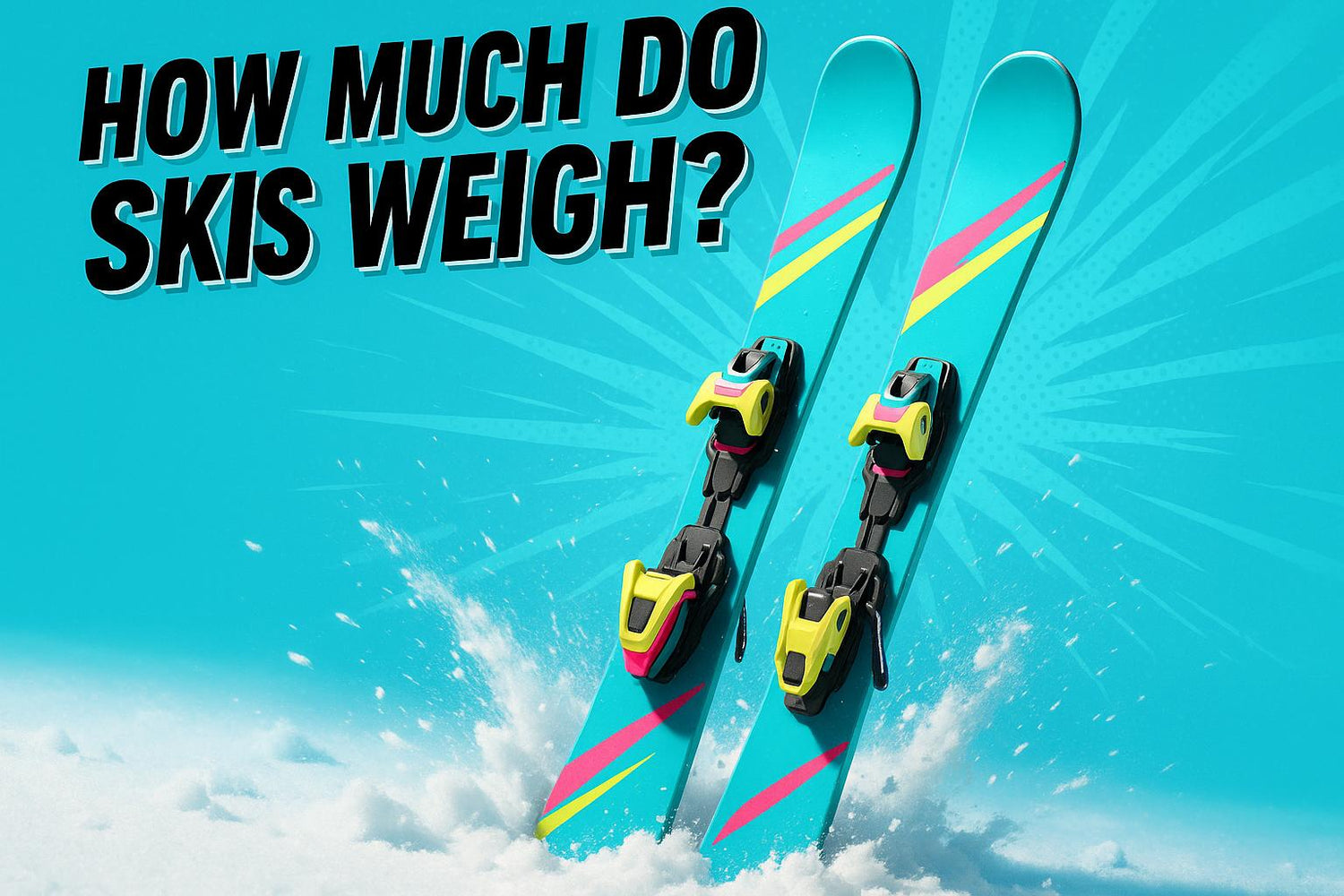
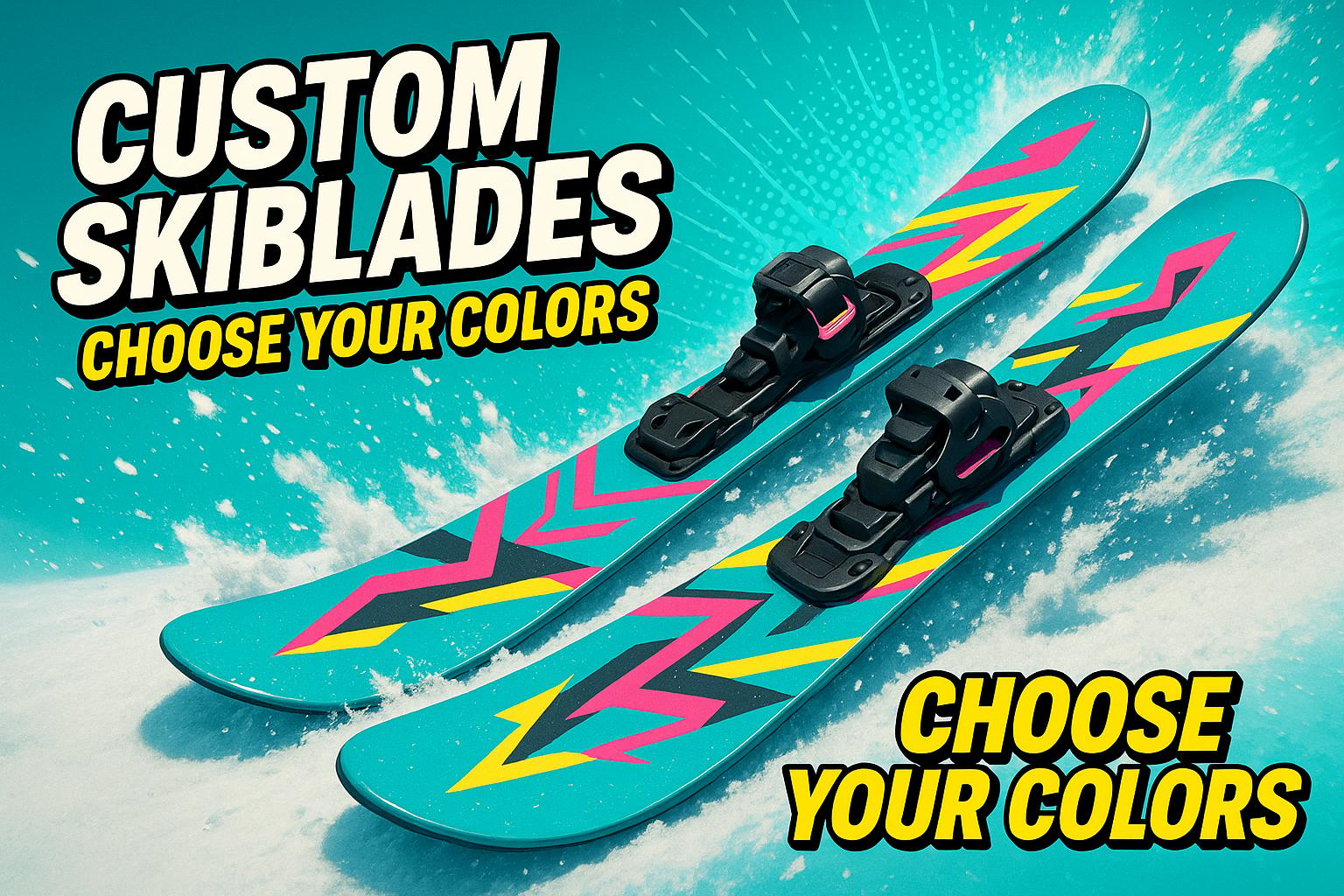
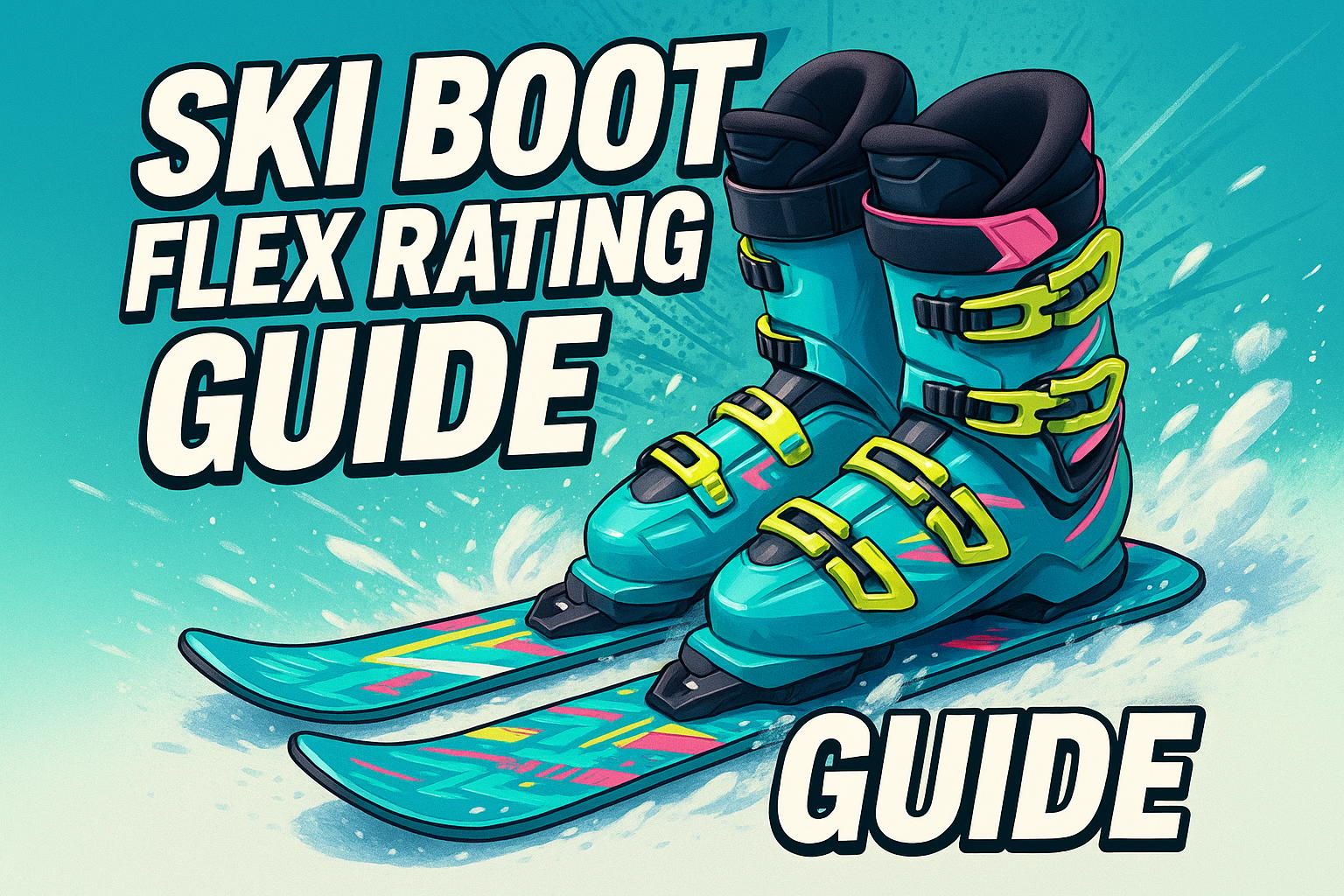
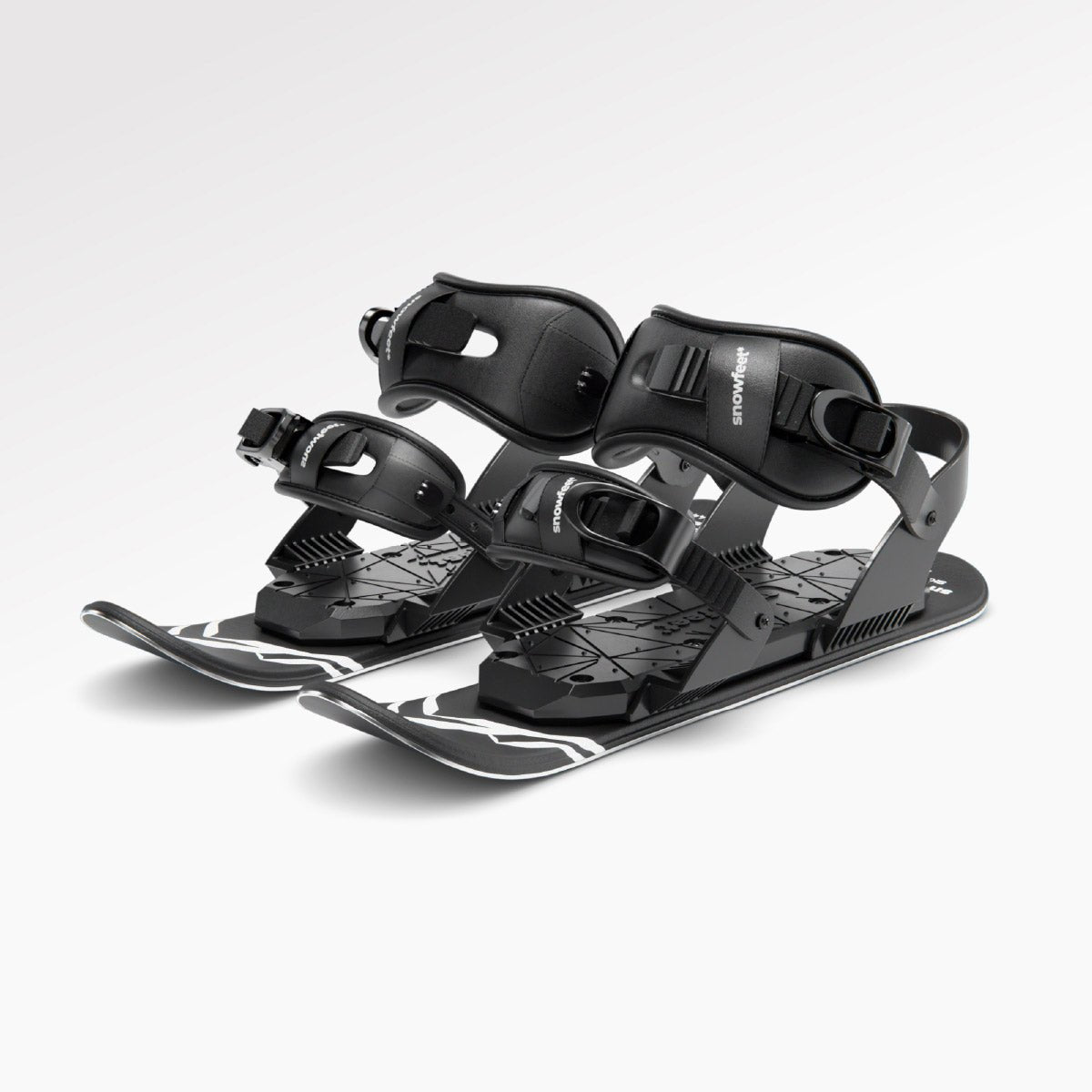

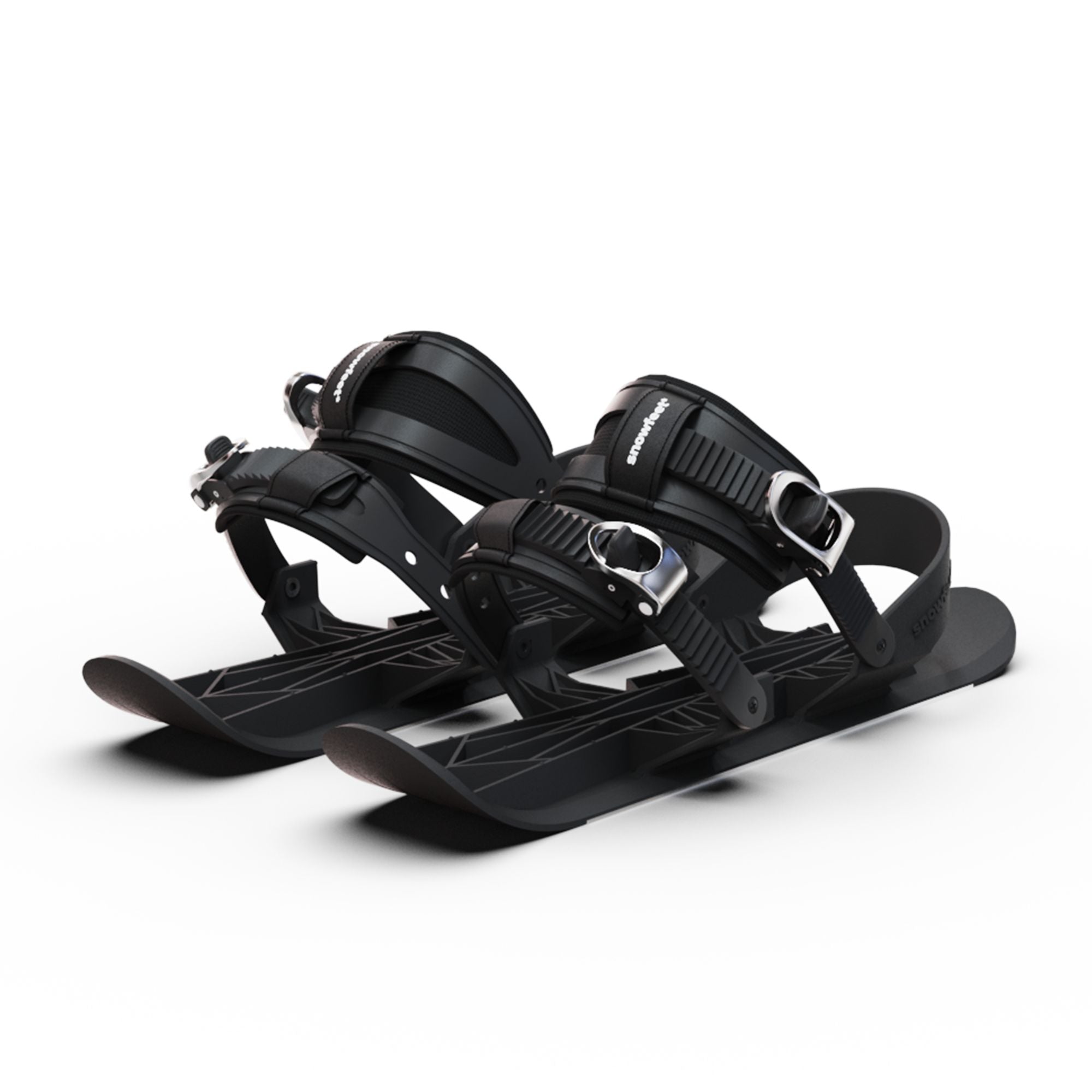
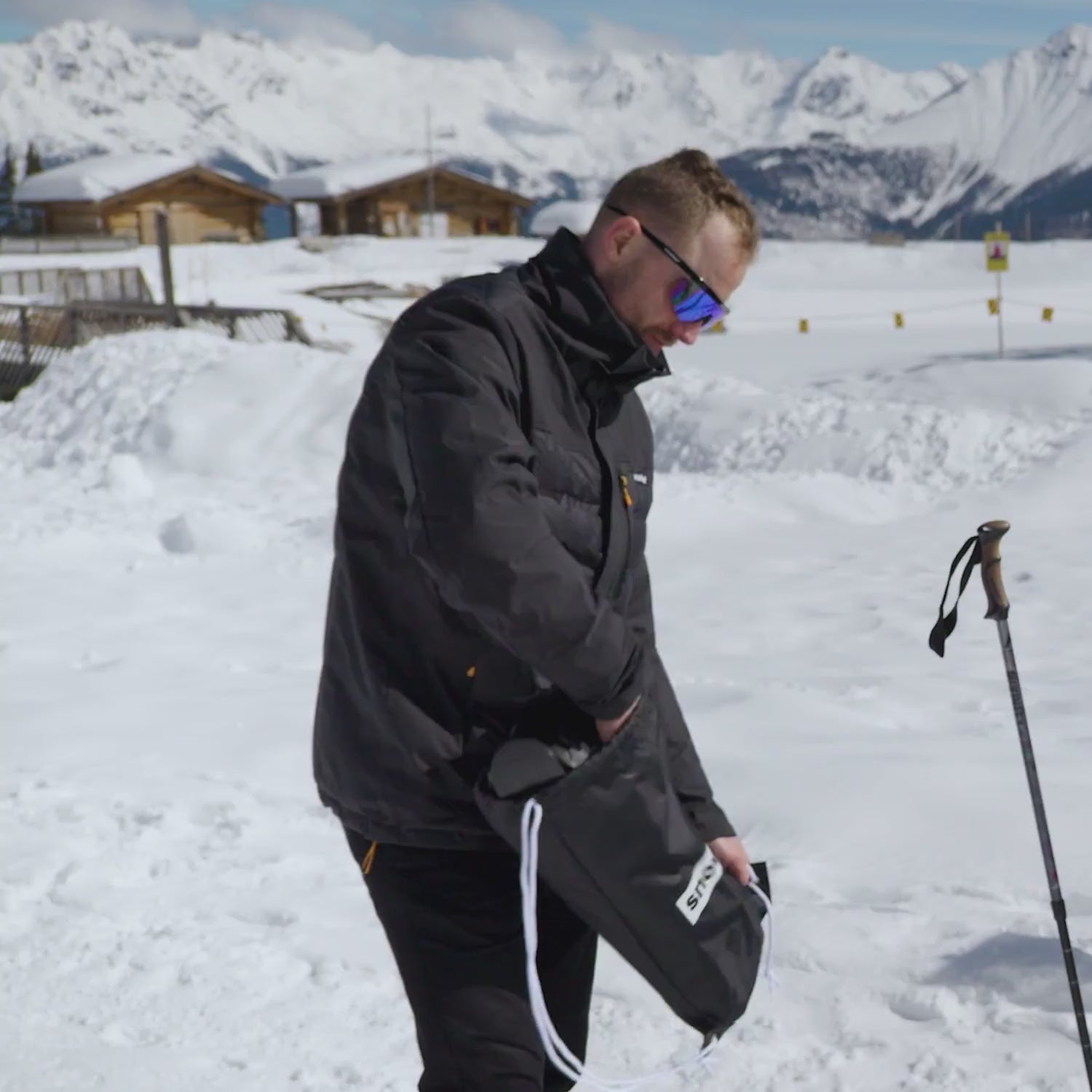
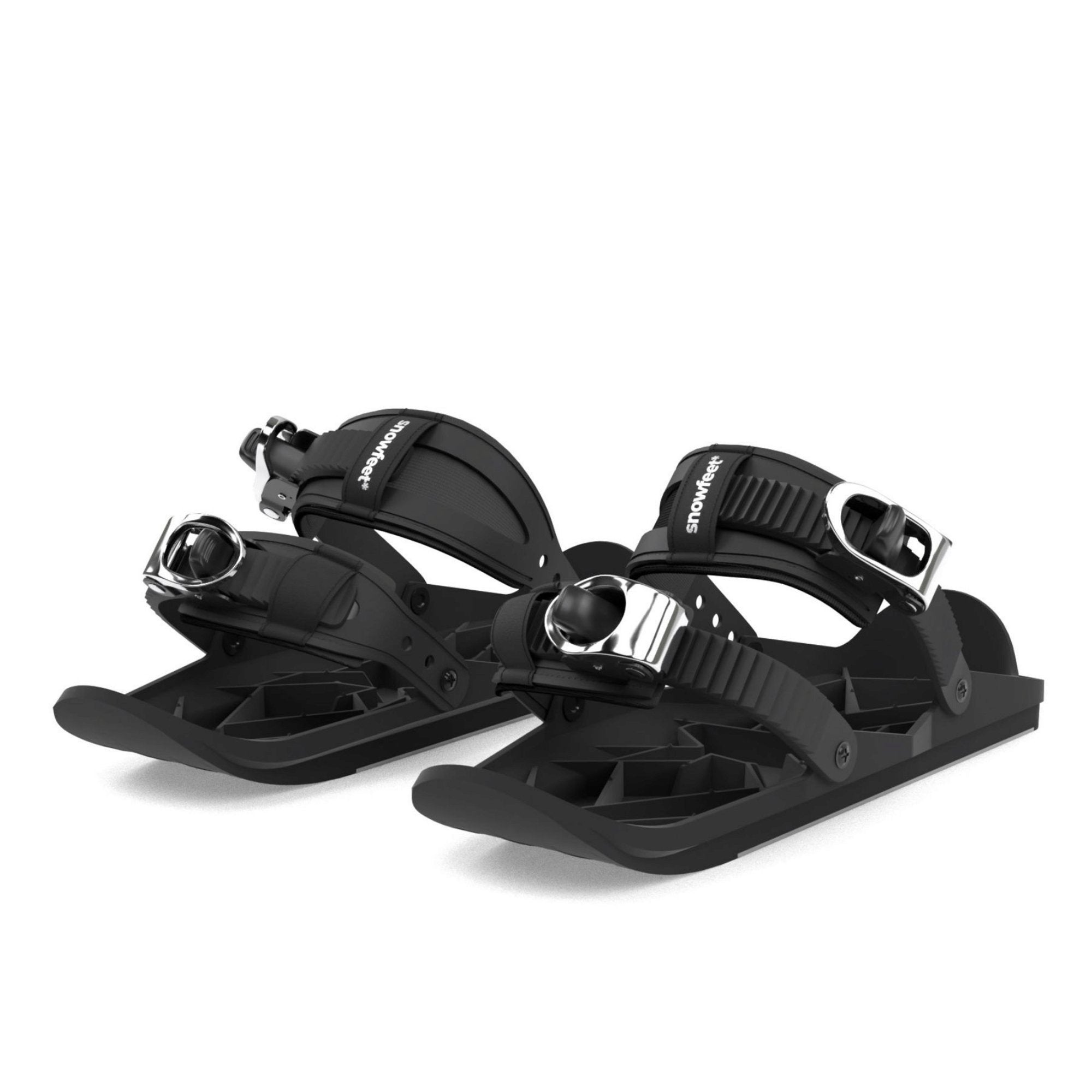
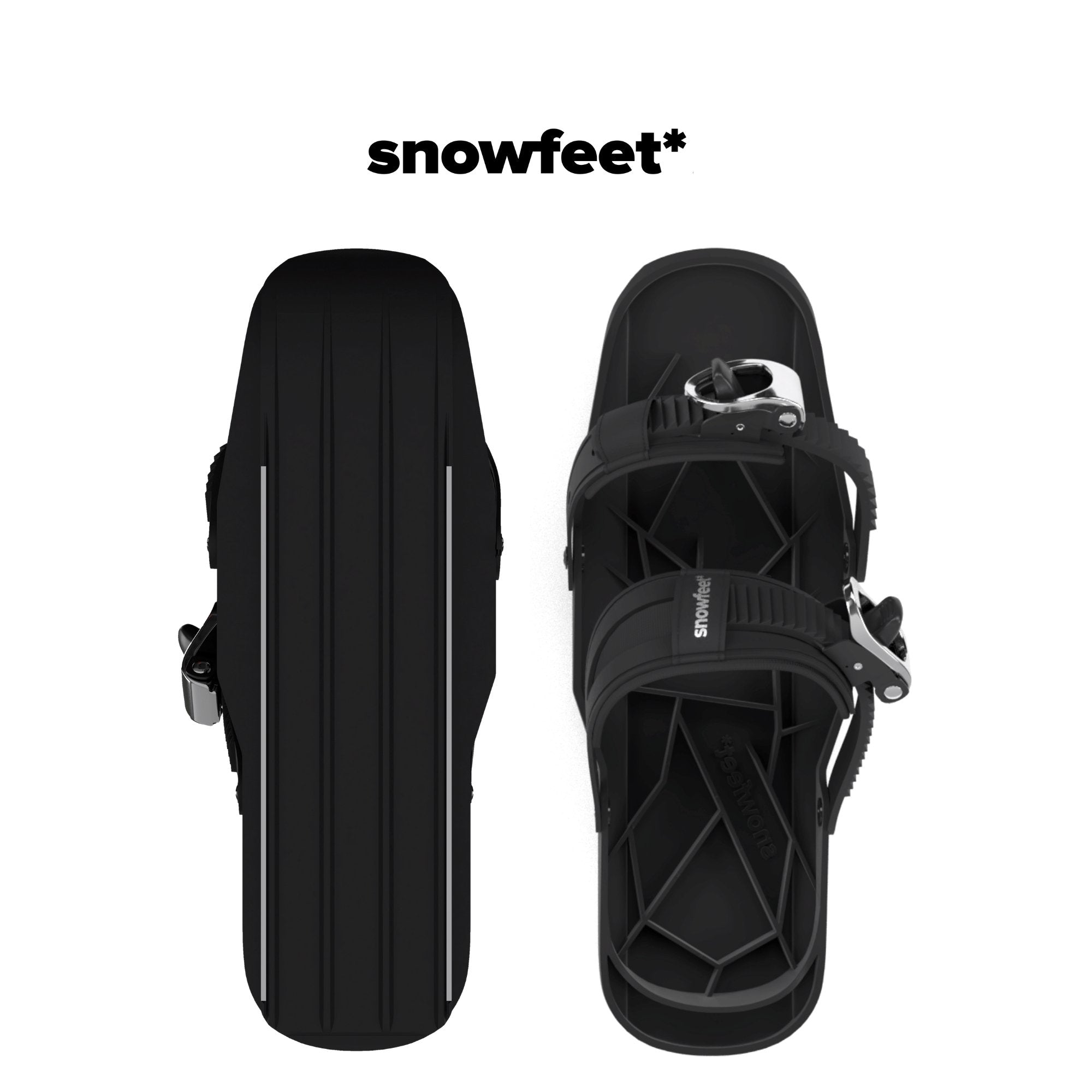
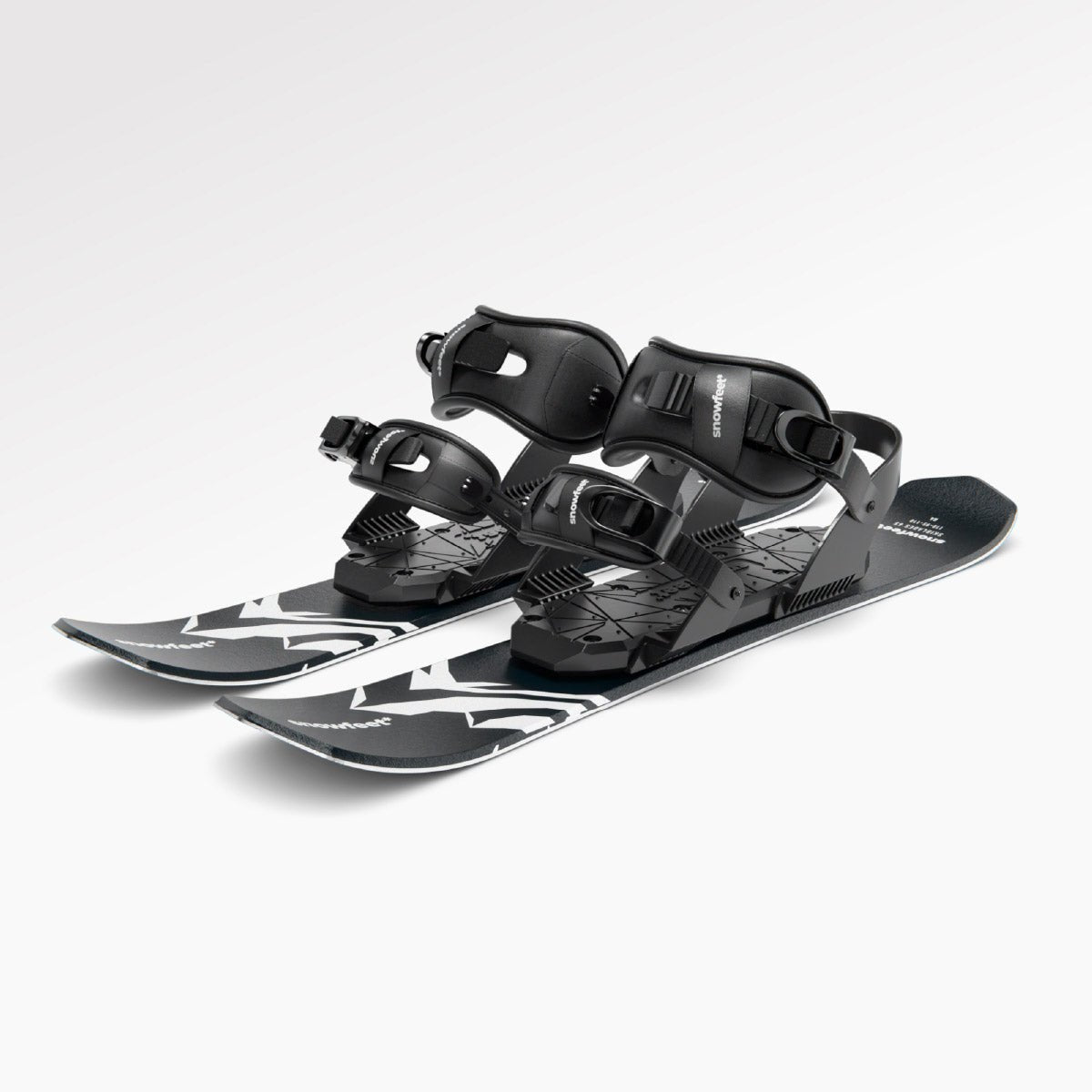
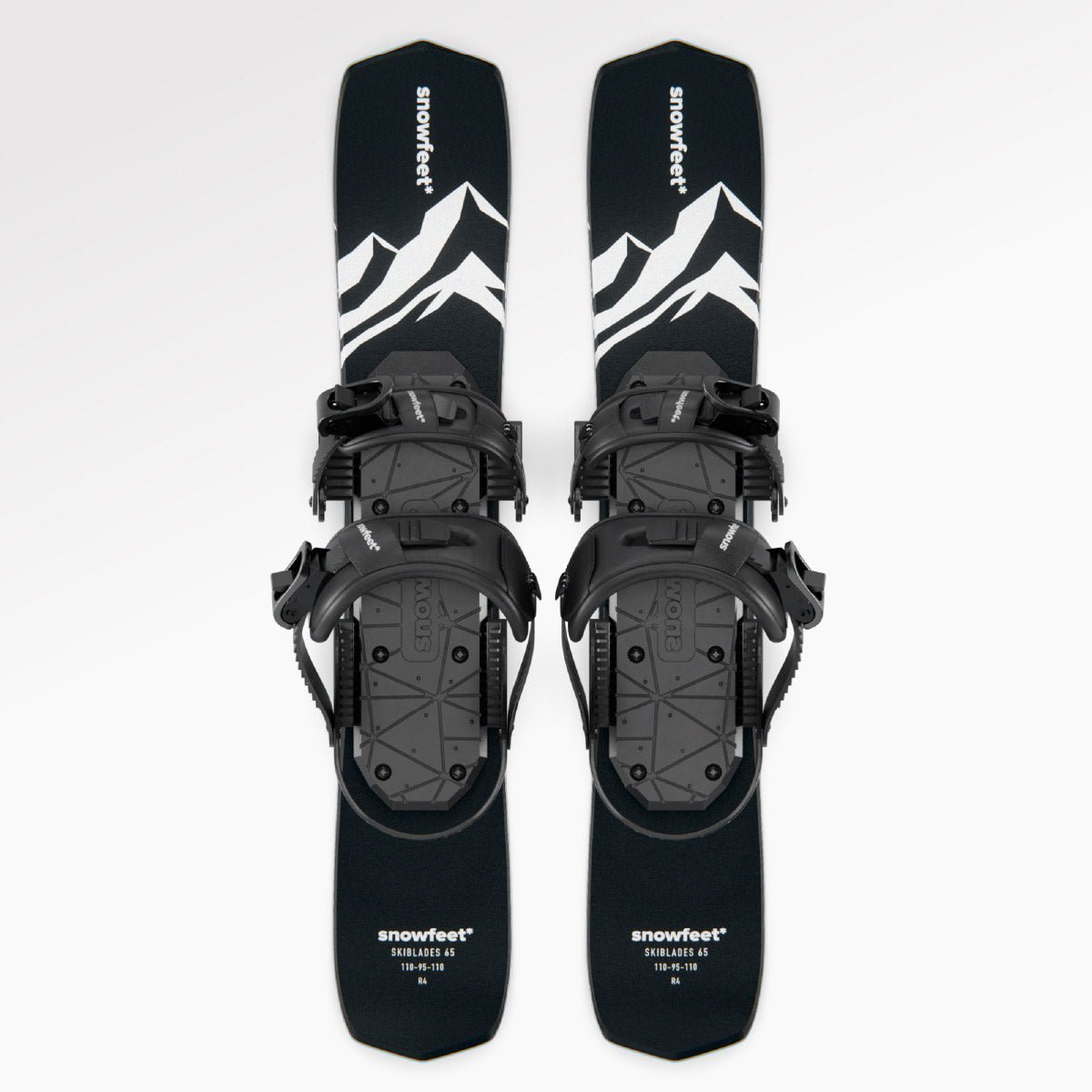
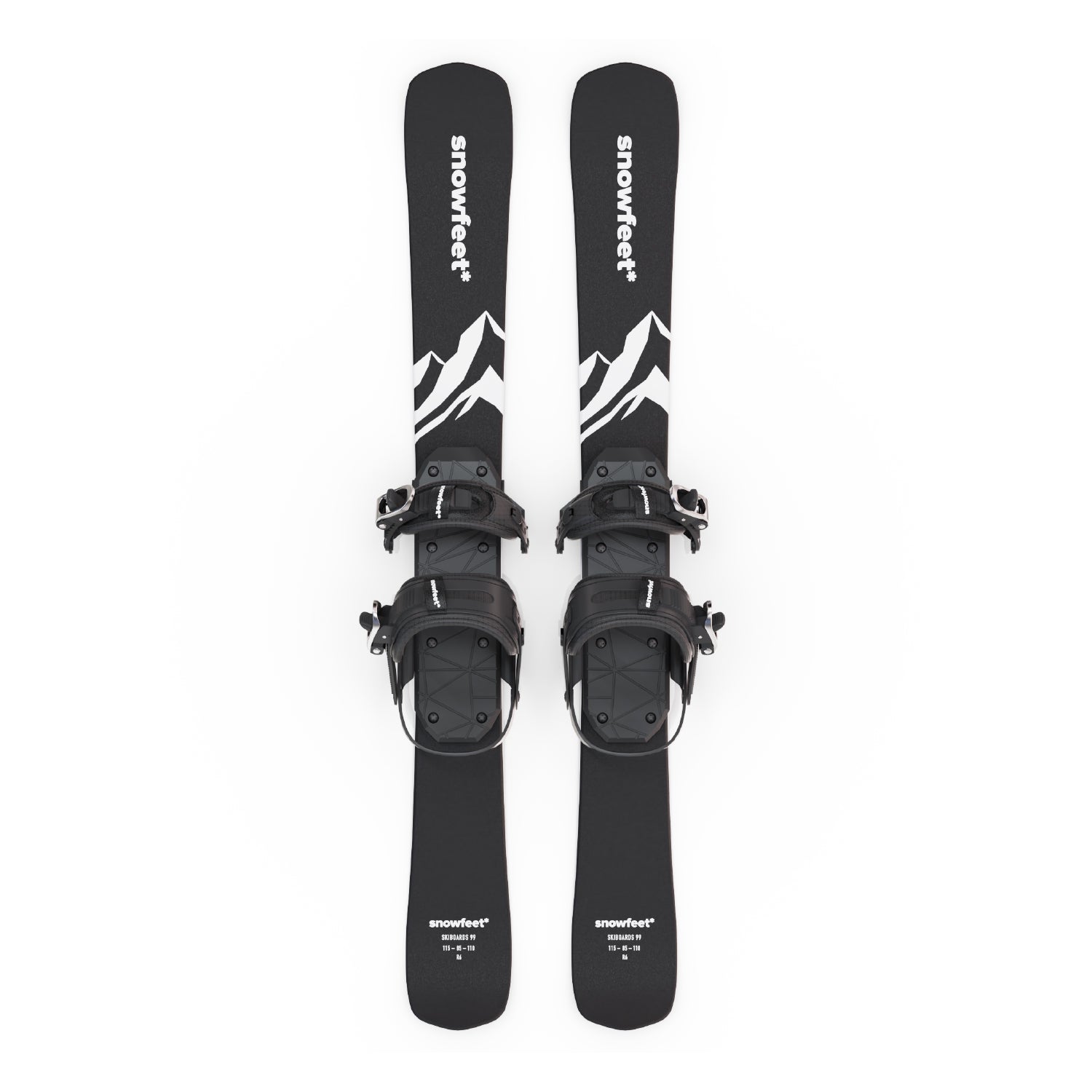
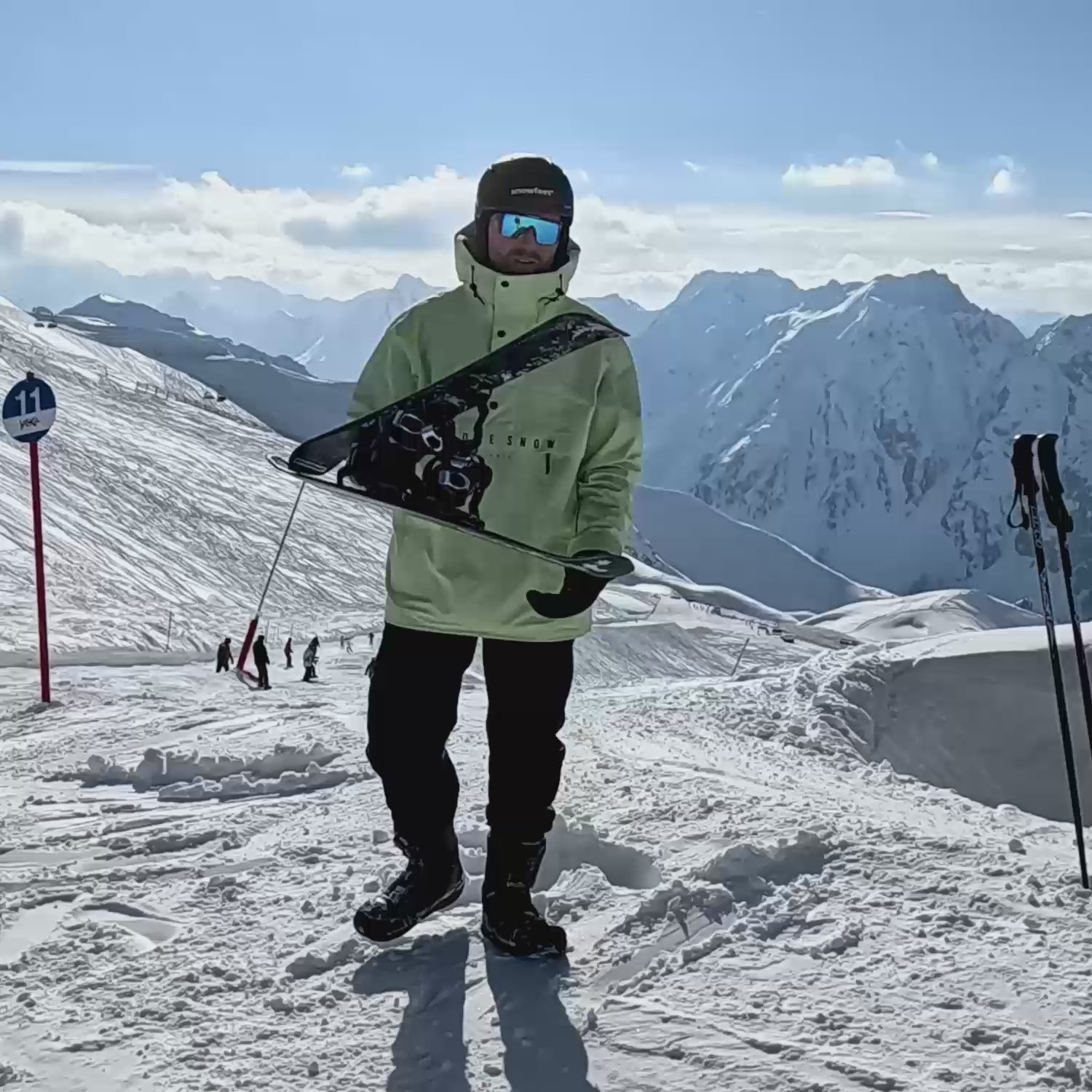
Zanechte komentář
Tento web je chráněn službou hCaptcha a vztahují se na něj Zásady ochrany osobních údajů a Podmínky služby společnosti hCaptcha.